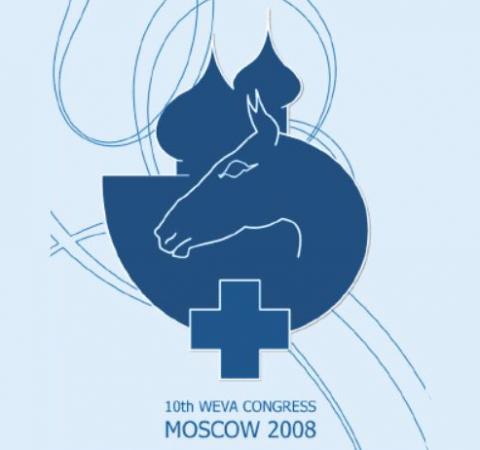Get access to all handy features included in the IVIS website
- Get unlimited access to books, proceedings and journals.
- Get access to a global catalogue of meetings, on-site and online courses, webinars and educational videos.
- Bookmark your favorite articles in My Library for future reading.
- Save future meetings and courses in My Calendar and My e-Learning.
- Ask authors questions and read what others have to say.
Imaging the Suspensory Ligaments in a Clinical Context
Get access to all handy features included in the IVIS website
- Get unlimited access to books, proceedings and journals.
- Get access to a global catalogue of meetings, on-site and online courses, webinars and educational videos.
- Bookmark your favorite articles in My Library for future reading.
- Save future meetings and courses in My Calendar and My e-Learning.
- Ask authors questions and read what others have to say.
Read
Introduction
The suspensory ligament remains more difficult to image than the palmar metacarpal tendons because of their varying anatomy and heterogenous pattern. This presentation will concentrate on the proximal aspect of the ligament in the hindlimb, as this is the most challenging area.
Ultrasonography
Ultrasonographic examination is the mainstay of imaging the suspensory ligament. The proximal, mid-body and branches have a different structure.
In the proximal hindlimb, scanning is most effectively done from a plantaromedial aspect, imaging through the deep digital flexor tendon. Longitudinal scans are the most useful and the easiest to interpret. Because of the narrow contact window, transverse scans with a linear transducer do not allow full evaluation of the entirety of the ligament and a microconvex probe allows a more complete assessment of the origin. The suspensory ligament should be evaluated to at least the mid-body in both legs. If there is more extensive fetlock sinking than normal, an ultrasonographic examination should evaluate the whole suspensory ligament to check for the presence of mid-body and branch lesions or for degenerative suspensory desmitis.
Some irregularity of pattern is normal within the proximal suspensory ligament, due to the remnants of muscle. Focal hypoechoic lesions are relatively rare and the more normal appearances of a diffuse desmitis with an increase in cross-sectional area, plantar bowing of the ligament, a decrease in echogenicity and longitudinal fibre pattern, and loss of marginal definition. The dorsal aspect of the ligament is normally more significantly affected than the plantar aspect. I grade the lesions as mild (up to 25% of the ligament affected), moderate (25 - 50% affected) or severe (greater than 50% affected). Cases of enthesopathy may show no significant changes but will occasionally show a hypoechoic region at the bone-ligament interface. Some very chronic active cases will have a healed appearance with an increased cross-sectional area and no obvious hypoechoic regions. Enthesophyte formation at the plantar aspect of the third metatarsal bone can be over-diagnosed as small avulsion fractures.
Radiography
This should always be performed to assess the distal tarsal joints and in cases of severe lameness should also be performed to rule out the presence of a fracture at the origin of the suspensory ligament. However, a finding of some patchy sclerosis at the origin of the suspensory ligament is not often clinically relevant. It can be found in horses with no active suspensory pain and thus it is not diagnostically useful in isolation.
Radiography of the proximal sesamoid bones should also be performed in horses with suspensory branch desmitis. [...]
Get access to all handy features included in the IVIS website
- Get unlimited access to books, proceedings and journals.
- Get access to a global catalogue of meetings, on-site and online courses, webinars and educational videos.
- Bookmark your favorite articles in My Library for future reading.
- Save future meetings and courses in My Calendar and My e-Learning.
- Ask authors questions and read what others have to say.




Comments (0)
Ask the author
0 comments